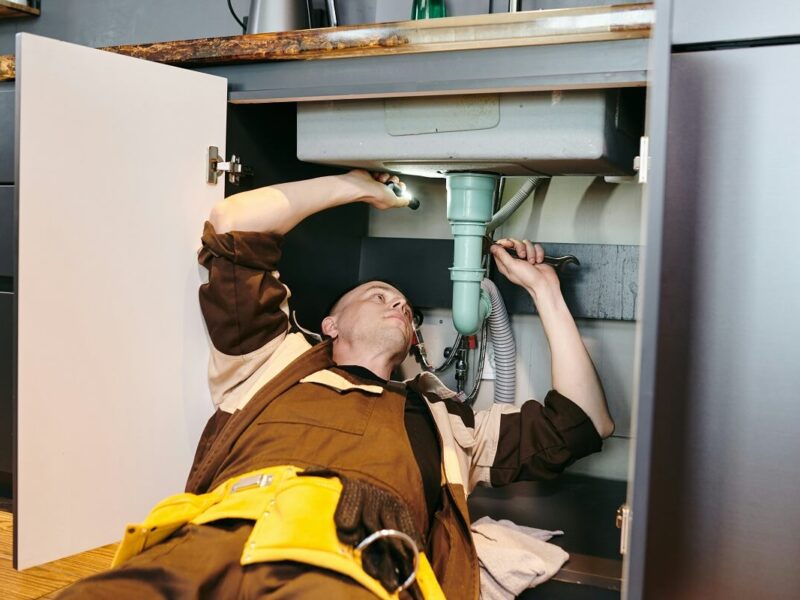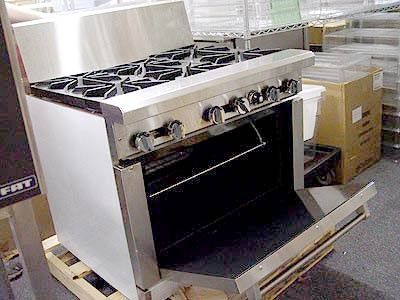Acquiring Insight into Home Plumbing Basics: A Beginner's Handbook
Acquiring Insight into Home Plumbing Basics: A Beginner's Handbook
Blog Article
Are you interested in insight on Understanding the Basics of Your Home's Plumbing System?

Plumbing is a necessary element of any type of home, responsible for supplying clean water for drinking, food preparation, and bathing, in addition to getting rid of wastewater safely. Recognizing the essentials of home plumbing is crucial for every single property owner to guarantee proper upkeep, troubleshooting, and, if necessary, repairs. In this beginner's overview, we'll cover the basic principles of home plumbing to assist you come to be more knowledgeable about just how it functions.
Water System
The water system system brings tidy water into your home from a community water source or an exclusive well. It contains a primary water line that links to your home's plumbing system, typically situated underground. A water meter determines the amount of water taken in, while a shut-off valve permits you to control the circulation of water into your home.
Plumbing Components
Plumbing fixtures are gadgets that deliver water to different parts of your home and include sinks, taps, toilets, showers, tubs, and devices such as dishwashing machines and cleaning devices. Each component is connected to the water system system via pipelines and installations and may have its shut-off shutoff for upkeep or emergencies.
Water Heater
The water heating system is in charge of heating water for domestic usage, consisting of bathing, food preparation, and cleaning. Common kinds of water heaters consist of tank-type water heaters, tankless (on-demand) hot water heater, and heat pump water heaters. The water heater is linked to the water system system and provides warm water to plumbing components as needed.
Drain System
The water drainage system removes wastewater from your home and carries it away to a sewer therapy facility or septic system. It contains a network of pipes, installations, and fixtures that deliver wastewater from plumbing components to the major sewer line or sewage-disposal tank. Correct water drainage is essential to avoid obstructions, back-ups, and sewer leakages.
Ventilation System
The ventilation system helps maintain appropriate air pressure and stop drain gases from entering your home. Vent pipes, also known as air vent heaps, expand from plumbing fixtures to the roofing, permitting sewage system gases to run away securely outdoors. Air flow pipelines likewise enable air to go into the drain system, assisting in smooth wastewater flow and stopping suction or vacuum results.
Usual Plumbing Devices
Having the right devices handy is crucial for executing standard plumbing repair services and maintenance tasks. Usual plumbing devices include adjustable wrenches, monkey wrench, pliers, pipeline cutters, hacksaws, plungers, augers (or drain serpents), and Teflon tape. Having these devices easily offered can assist you deal with minor plumbing concerns successfully.
Fundamental Plumbing Repair Work
While some plumbing repairs might need specialist aid, several usual problems can be addressed with standard do it yourself techniques. Learning exactly how to repair a leaky tap, unclog a drainpipe, replace a commode flapper, or repair a trickling showerhead can conserve you money and time on plumbing repair work.
Conclusion
Recognizing the basics of home plumbing is essential for every single property owner to keep a risk-free, useful, and efficient plumbing system. By acquainting yourself with the water system system, plumbing fixtures, drain system, ventilation system, typical plumbing devices, and fundamental fixings, you can with confidence deal with small plumbing issues and guarantee your home's plumbing system runs smoothly.
Plumbing for Beginners: A Comprehensive Guide
If you’re a beginner when it comes to plumbing, don’t worry; you’re not alone. Plumbing may seem intimidating, but with the right knowledge and a little practice, you can handle many common plumbing issues on your own. In this comprehensive guide, we will demystify the world of plumbing for beginners, providing you with the basic knowledge and skills needed to tackle common plumbing problems and even take on some DIY plumbing projects.
The Importance of Basic Plumbing Knowledge for Beginners:
First and foremost, basic plumbing knowledge gives you a solid foundation. It helps you grasp the key concepts and terminology that are essential in this field. By learning the basics, you’ll be able to build upon that knowledge and tackle more complex plumbing tasks in the future.
Having a basic understanding of plumbing also enables you to handle common issues that may arise in your home. Picture this: a leaky faucet or a clogged drain. With some basic plumbing knowledge, you’ll have the confidence to troubleshoot and fix these problems on your own. It saves you from unnecessary expenses and the hassle of waiting for a professional to arrive.
As a beginner, learning the basics of plumbing empowers you to take care of your own home. It gives you a sense of independence and self-reliance. You’ll no longer have to rely solely on professionals for every small issue that pops up. Instead, you can handle many tasks yourself, saving time and money in the process.
Remember, everyone starts as a beginner. Embrace the learning process and take small steps to expand your plumbing knowledge. There are plenty of online resources, tutorials, and even local workshops that talk about plumbing for beginners.
Essential Tools for Plumbing for Beginners
As you start your plumbing journey, having the right tools in your toolbox is crucial. Let’s explore some of the must-have tools:
Adjustable Wrench:
This versatile tool is a staple in any plumber’s toolbox. It allows you to tighten or loosen nuts and bolts of various sizes. Make sure to have an adjustable wrench with a comfortable grip.
Pipe Wrench:
A pipe wrench is specifically designed for gripping and turning pipes. It has serrated jaws that provide a strong grip, making it easier to loosen or tighten threaded pipes and fittings.
Plunger:
The plunger is a simple yet effective tool for clearing clogged drains and toilets. It creates suction when you push and pull, helping to dislodge blockages. Keep a good-quality plunger handy for those unexpected clogs.
Pipe Cutter:
When it comes to cutting pipes, a pipe cutter is your go-to tool. It creates clean, precise cuts without damaging the pipe. Look for a pipe cutter that can handle the pipe sizes you’re working with.
Hacksaw:
A hacksaw is useful for cutting through pipes, screws, and other materials. It’s a versatile tool that can handle different cutting tasks. Remember to use a blade suitable for cutting metal.
Tape Measure:
Accurate measurements are crucial in plumbing. A tape measure allows you to measure pipe lengths, distances, and dimensions accurately. Opt for a sturdy tape measure that extends a good length.
Pliers:
Pliers come in handy for various tasks, such as gripping, bending, and cutting. Slip-joint pliers with adjustable jaws are great for gripping pipes, nuts, and bolts.

Do you like reading about ? Leave feedback down the page. We would be happy to know your feelings about this blog entry. Hoping that you visit us again in the future. Are you aware of someone else who is excited by the subject? Do not hesitate to promote it. I cherish reading our article about .
Click On This Link Report this page